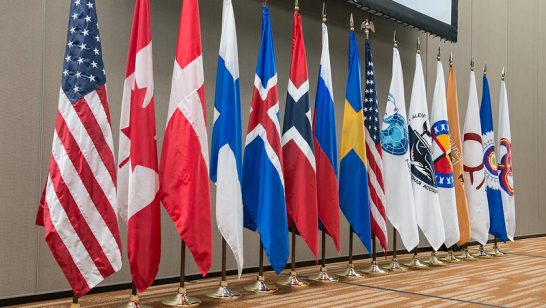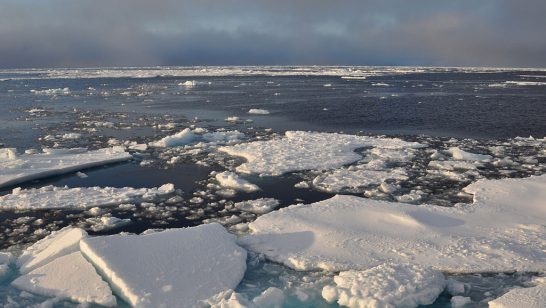
Russia’s war of aggression against Ukraine is producing ripple effects that reverberate far beyond Ukraine. While Russia’s military build-up in parts of the Arctic region shows no sign of slowing down, hybrid warfare and interference through non-military means will likely be Russia’s preferred strategy in the Arctic moving forward.
Russia’s turn to hybrid interference is neither new nor confined to the Arctic, and its influencing activities come in many shapes and sizes, constituting part of a larger hybrid campaign that targets society as a whole. Hybrid activities observed in the Arctic encompass information operations (including disinformation), cyber attacks, material interference (targeting of pipelines and undersea cables), GPS jamming, and more traditional tactics like espionage and energy intimidation.
This report, by Katarina Kertysova and Gabriella Gricius, aims to identify and explore how hybrid threats manifest in the Arctic, areas that are susceptible to influence, potential targets, actors who wish to shape public opinions, as well as the objectives being pursued. It first examines the threat and vulnerability landscape in the Arctic and outlines individual country profiles of the seven Western Arctic states under investigation, namely Canada, Denmark, Finland, Iceland, Norway, Sweden and the United States. It observes four key trends in the Arctic, all related to increases in 1) Russian cyber activity, 2) critical infrastructure interference, 3) espionage and intelligence operations, and 4) mounting information influence operations (including disinformation) in the Arctic. The report then uses Finland as a good example for other Western Arctic states to follow – highlighting best practices. Next, the report evaluates the viability of a regional joint response mechanism towards hybrid threats. Finally, it offers a series of recommendations to address hybrid interference in the Arctic that is as follows:
- Know one’s weaknesses and improve situational awareness
- Enhance transparency and public communications
- Establish good governance structures
- Foster quality education and critical media literacy
- Training and exercising
- Crisis preparedness
- Break down silos and encourage horizontal coordination
- Cooperate within coalitions and capitalise on existing frameworks
- Avoid unintended escalation in the Arctic
- Broaden social inclusion
- Invest effort in understanding Russian intent
The opinions articulated above represent the views of the author and do not necessarily reflect the position of the European Leadership Network or all of its members. The ELN’s aim is to encourage debates that will help develop Europe’s capacity to address the pressing foreign, defence, and security policy challenges of our time.




